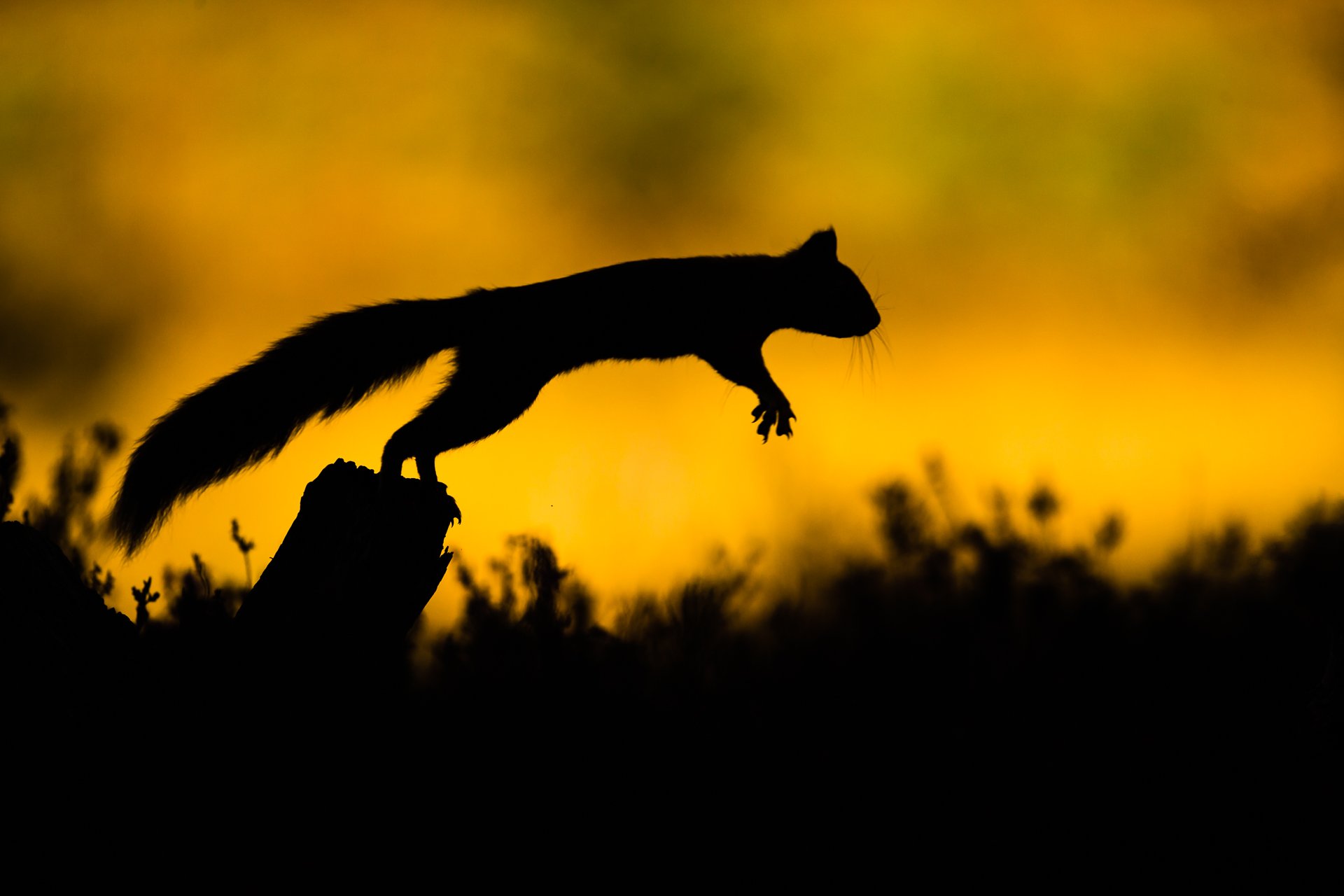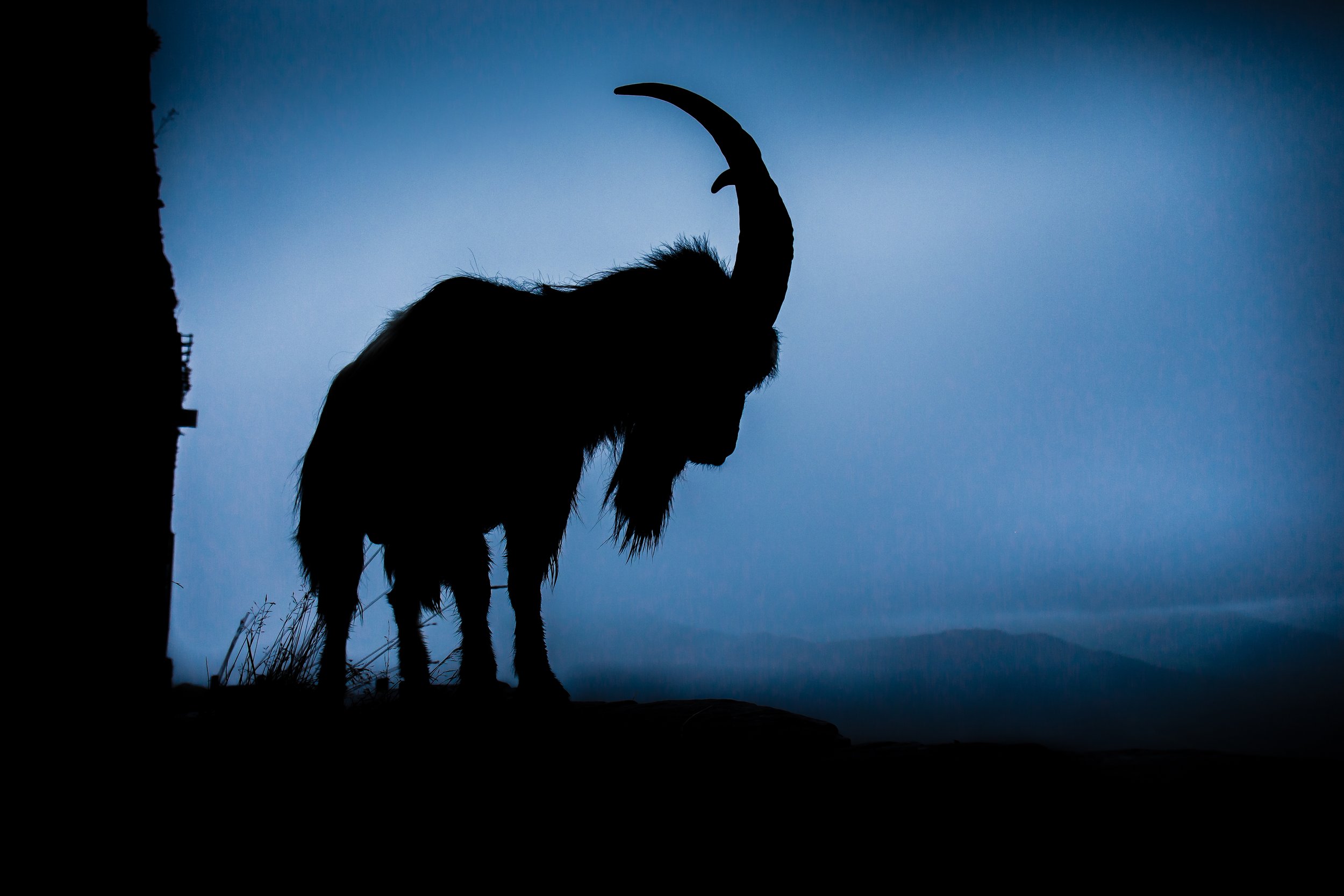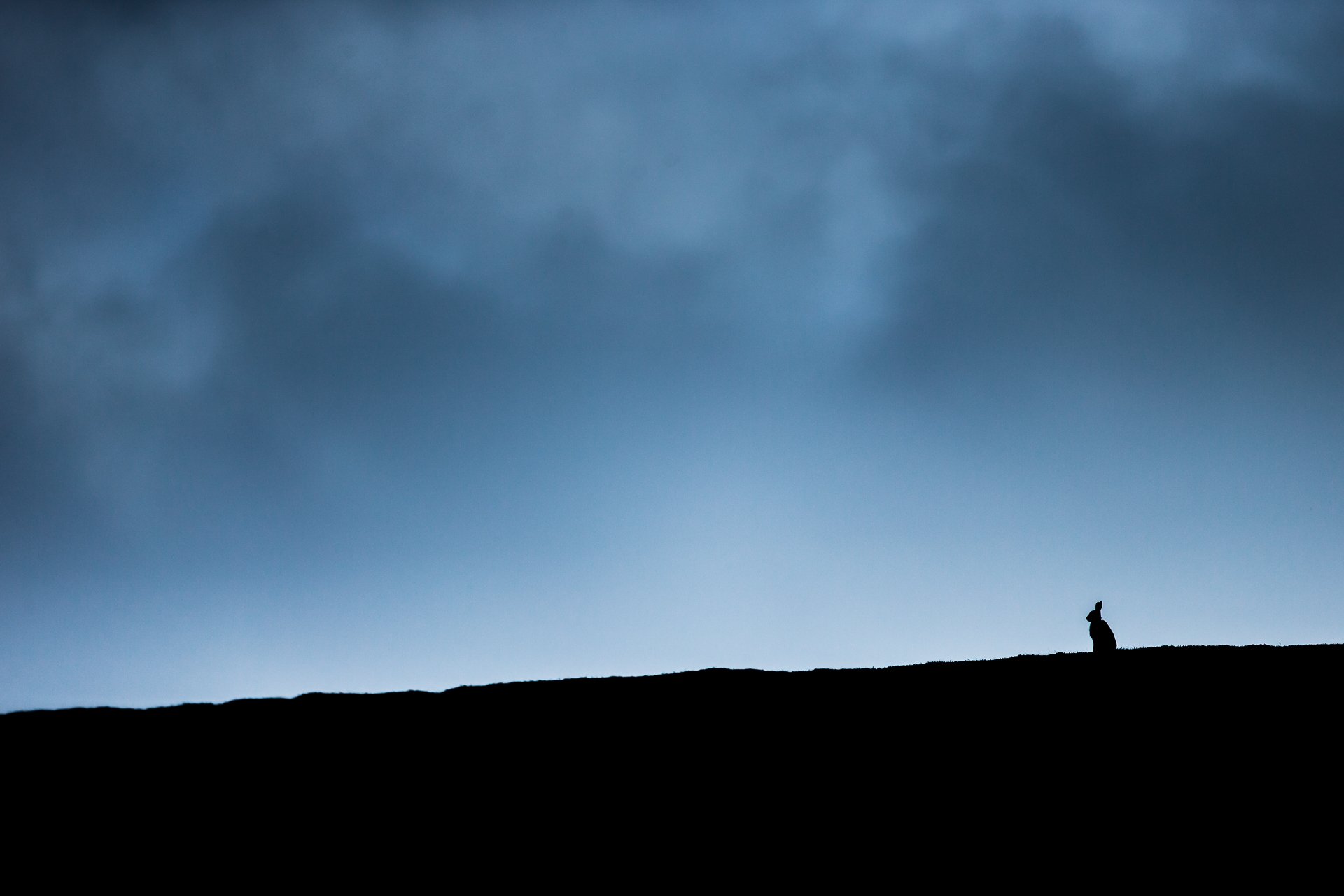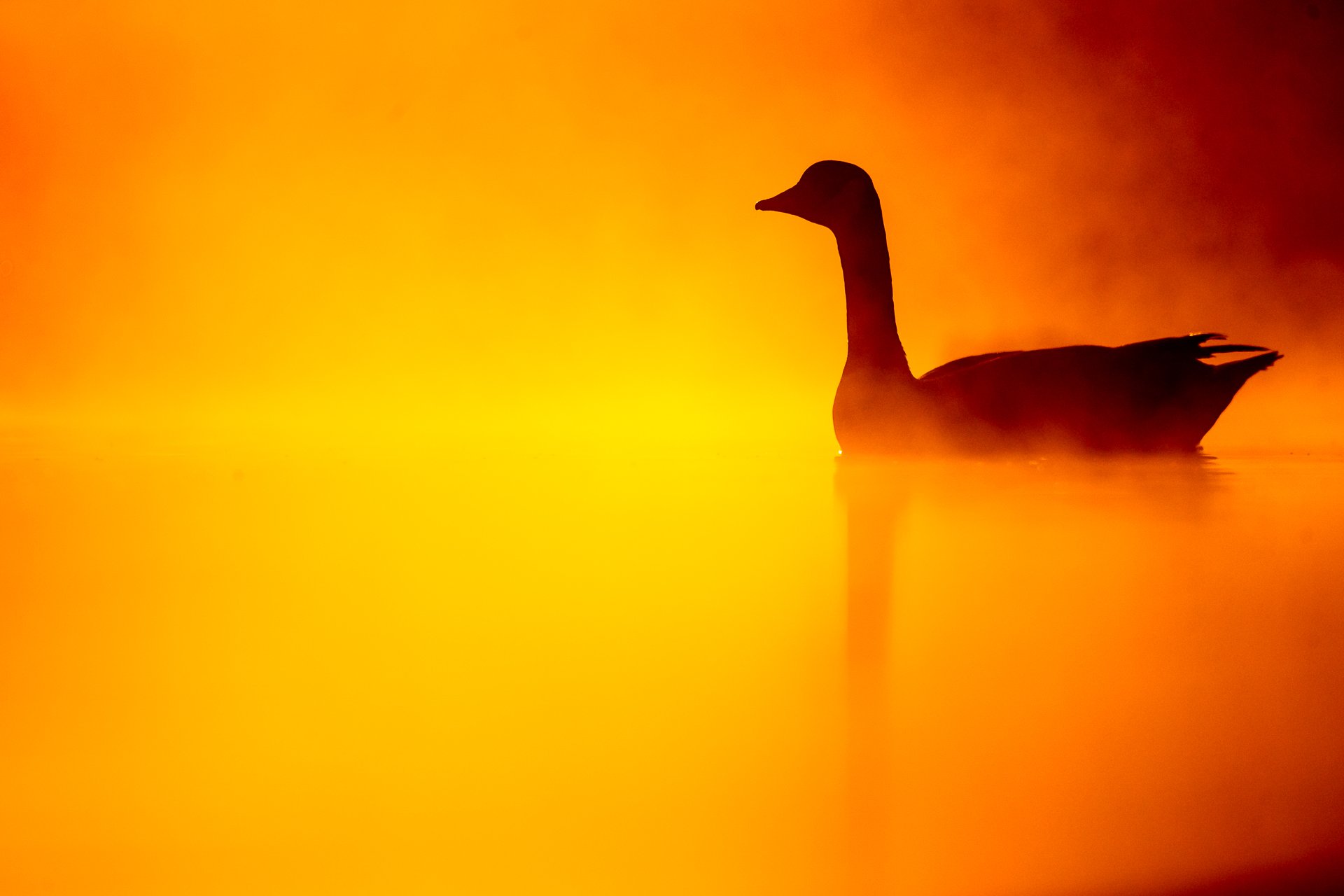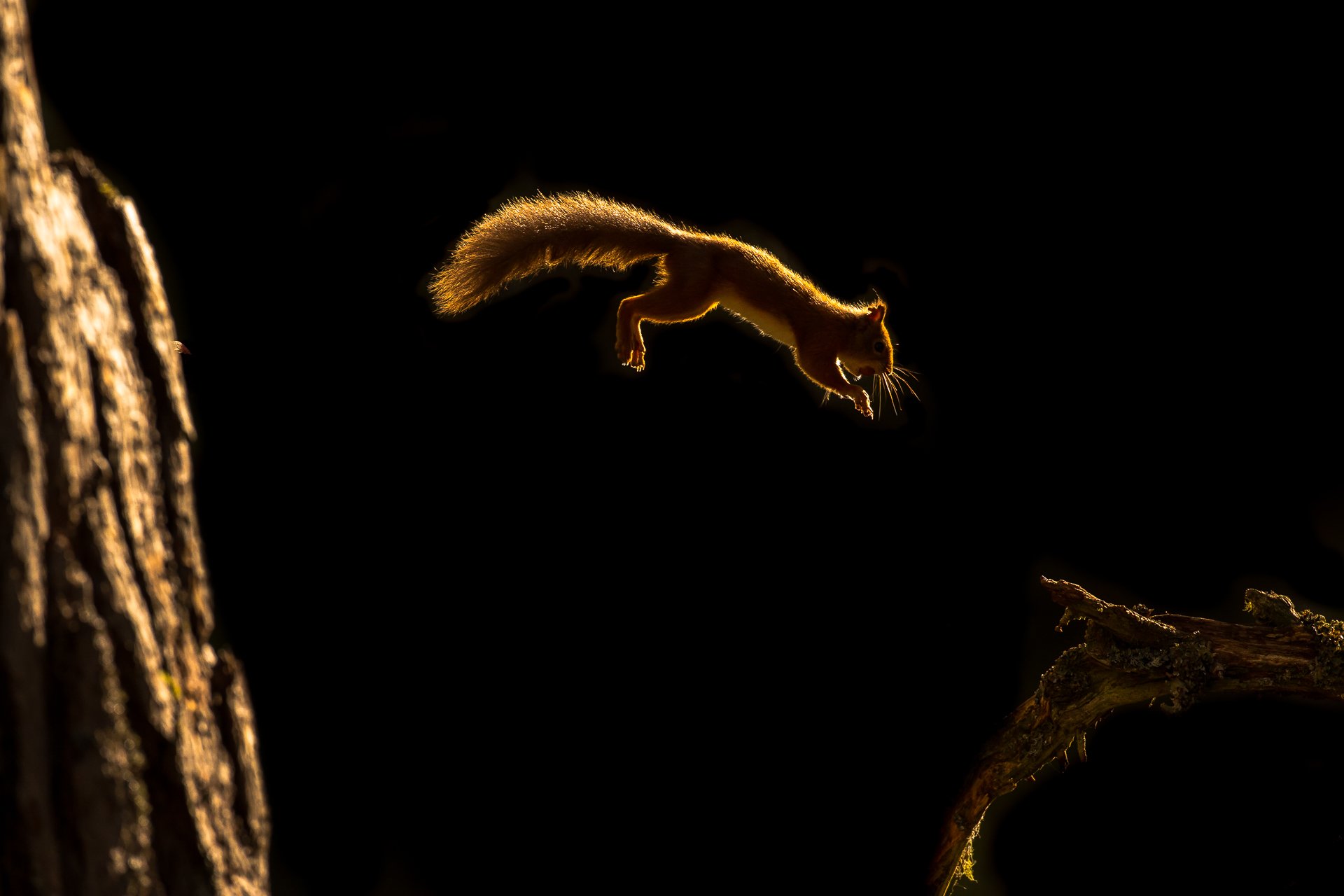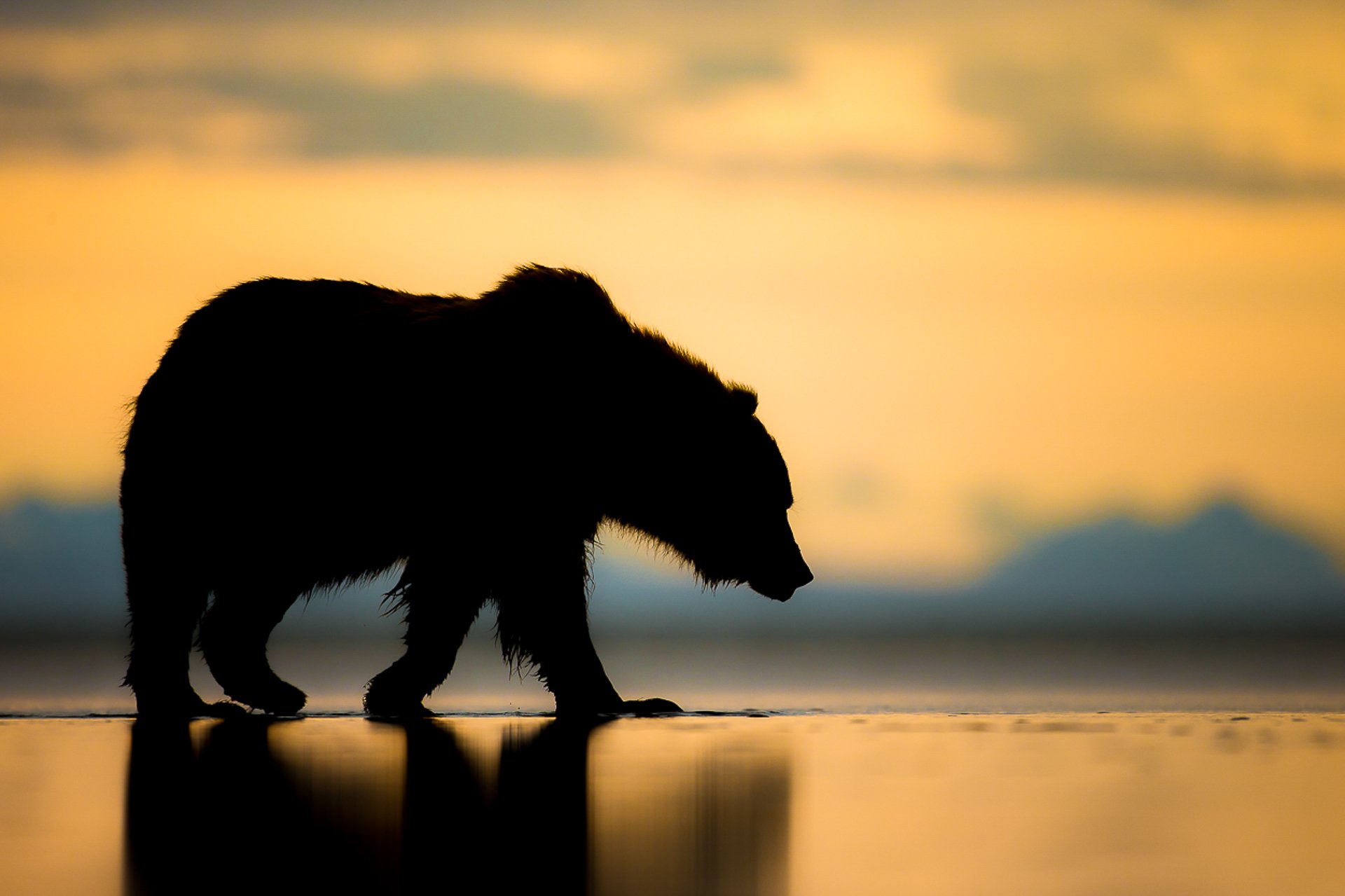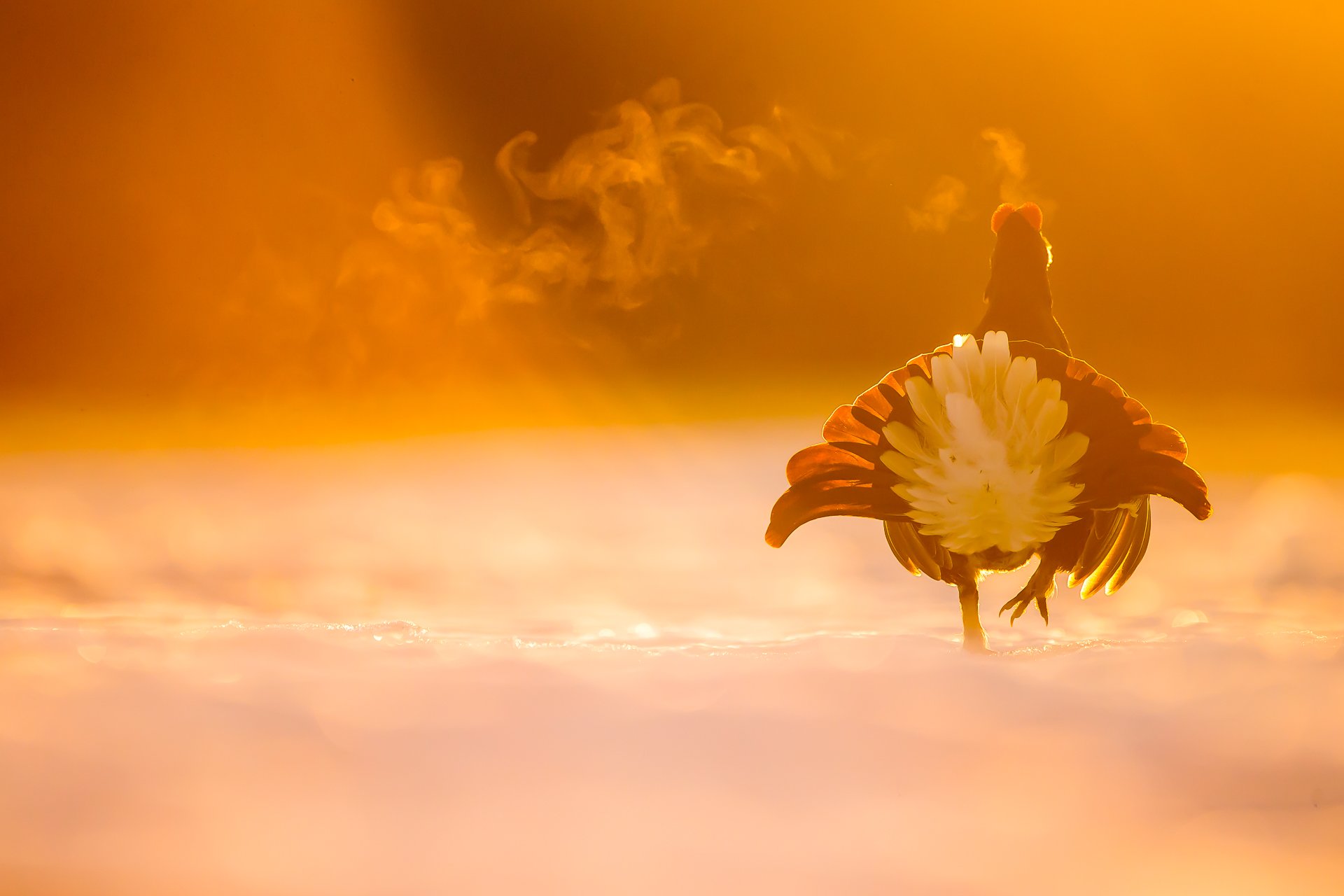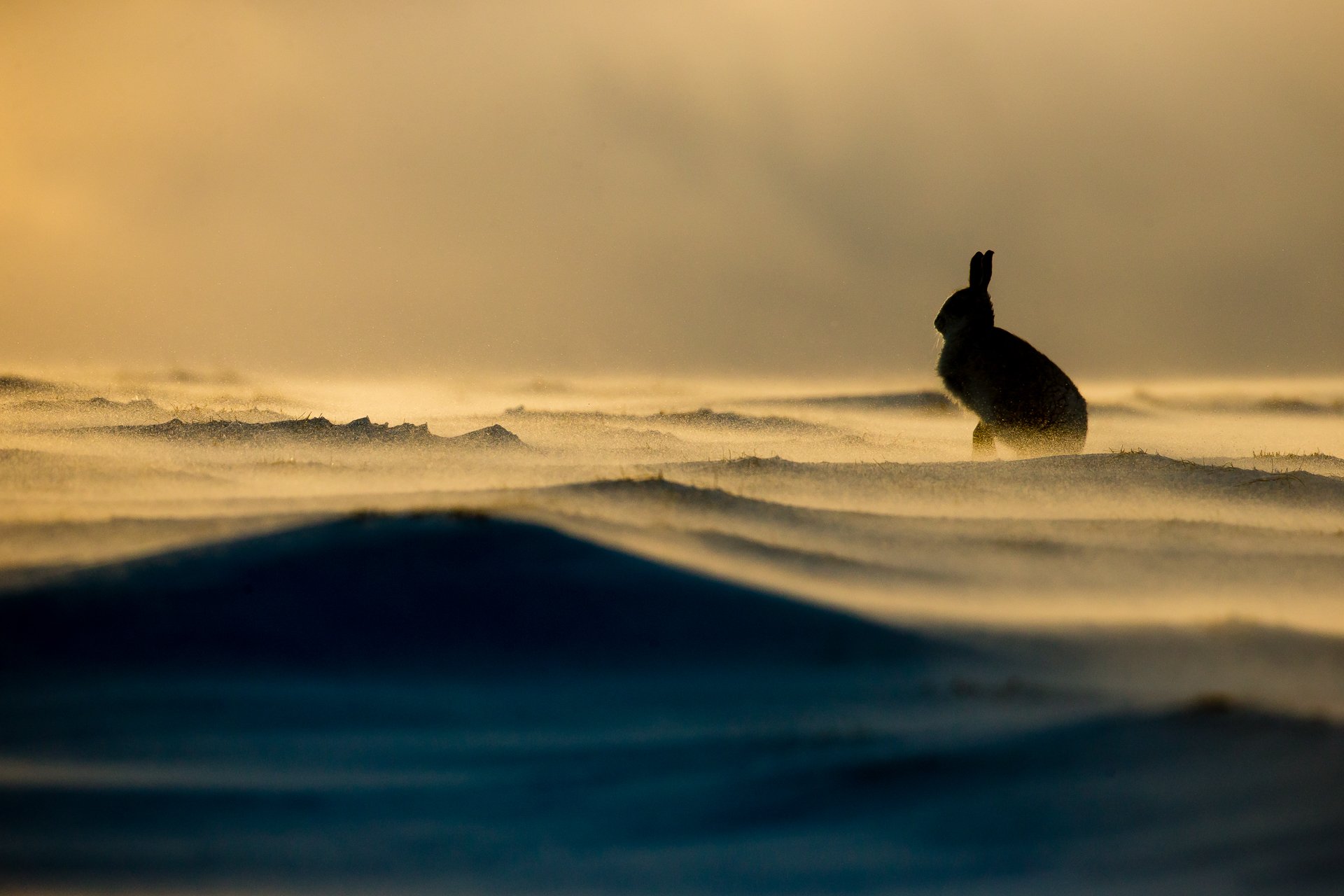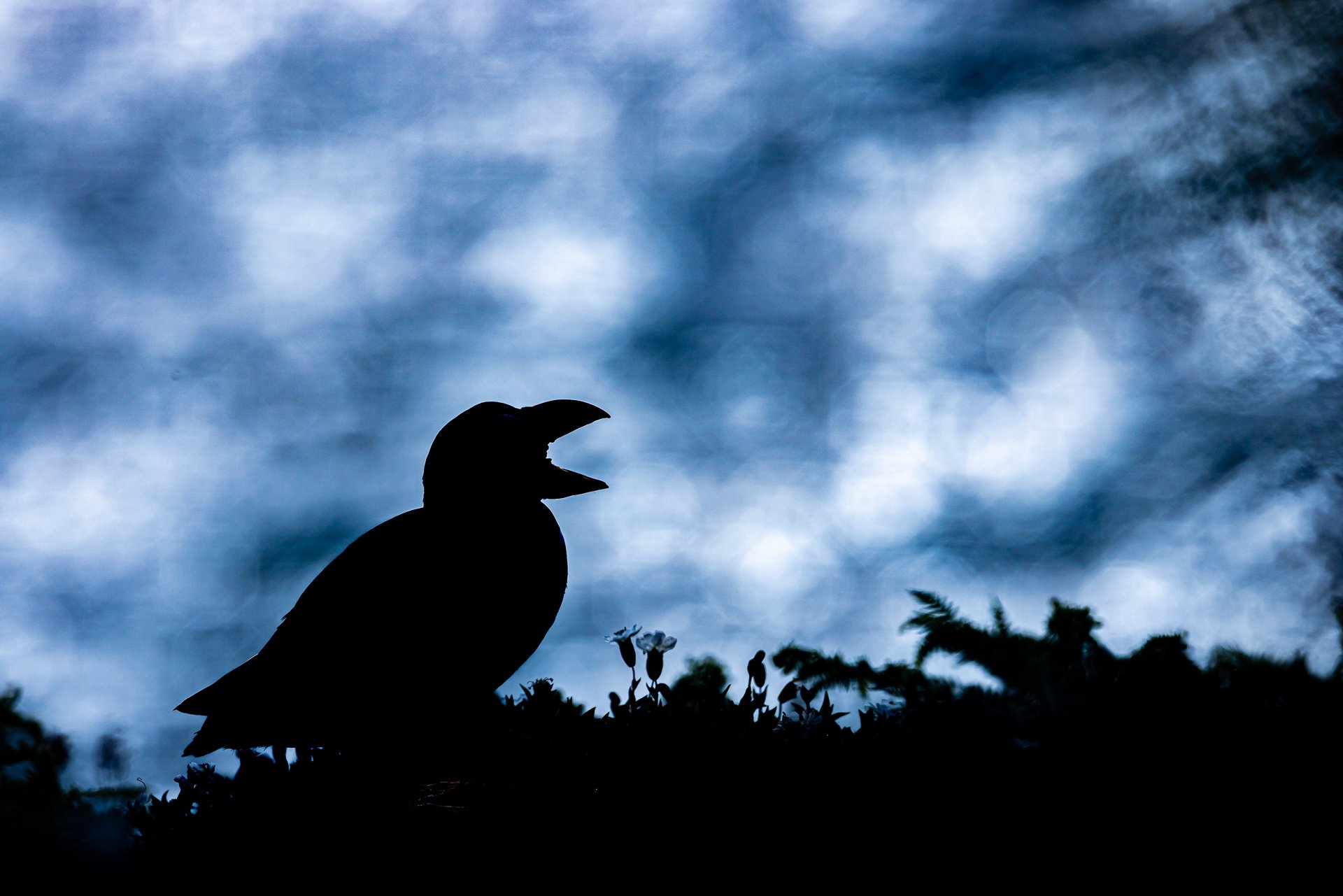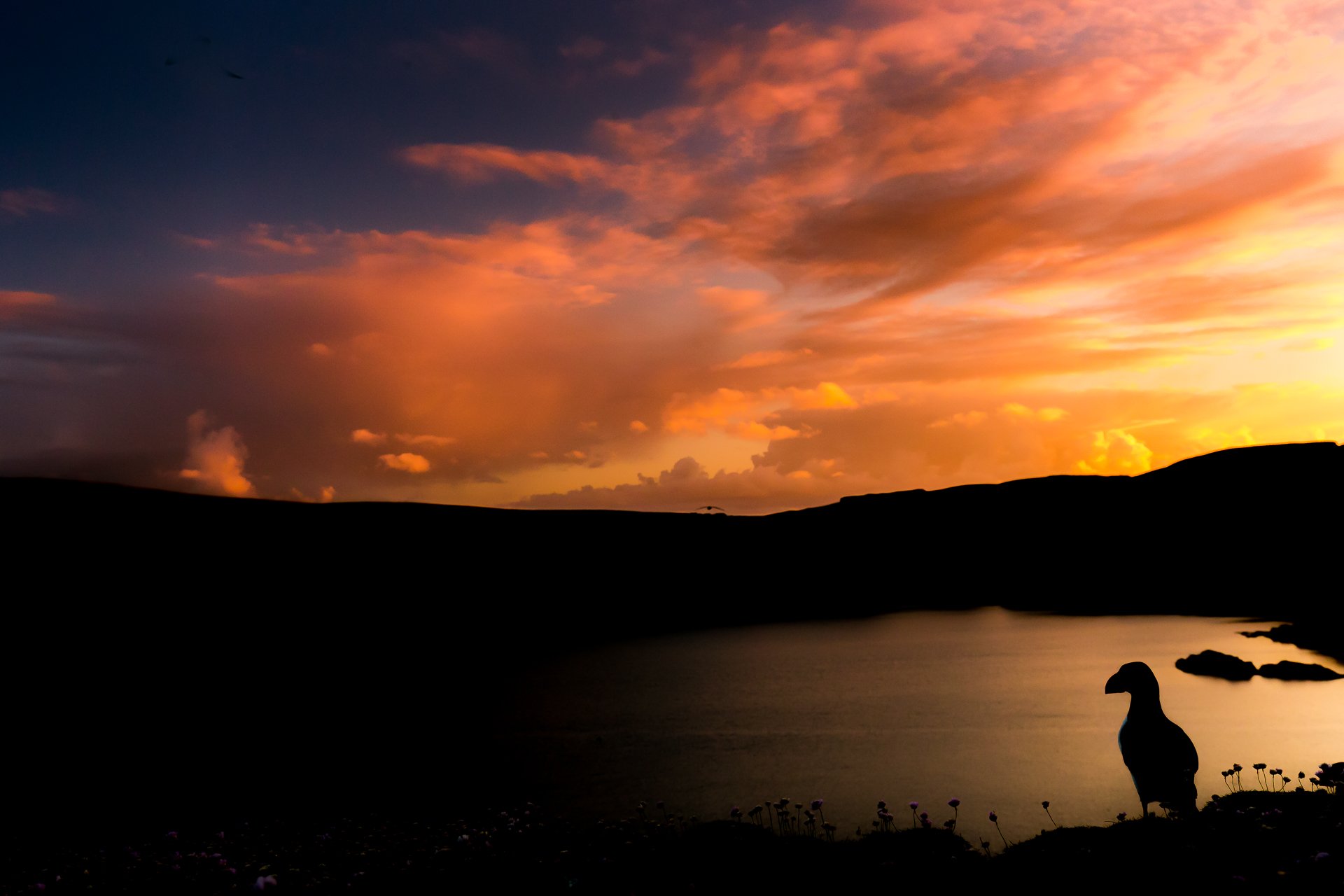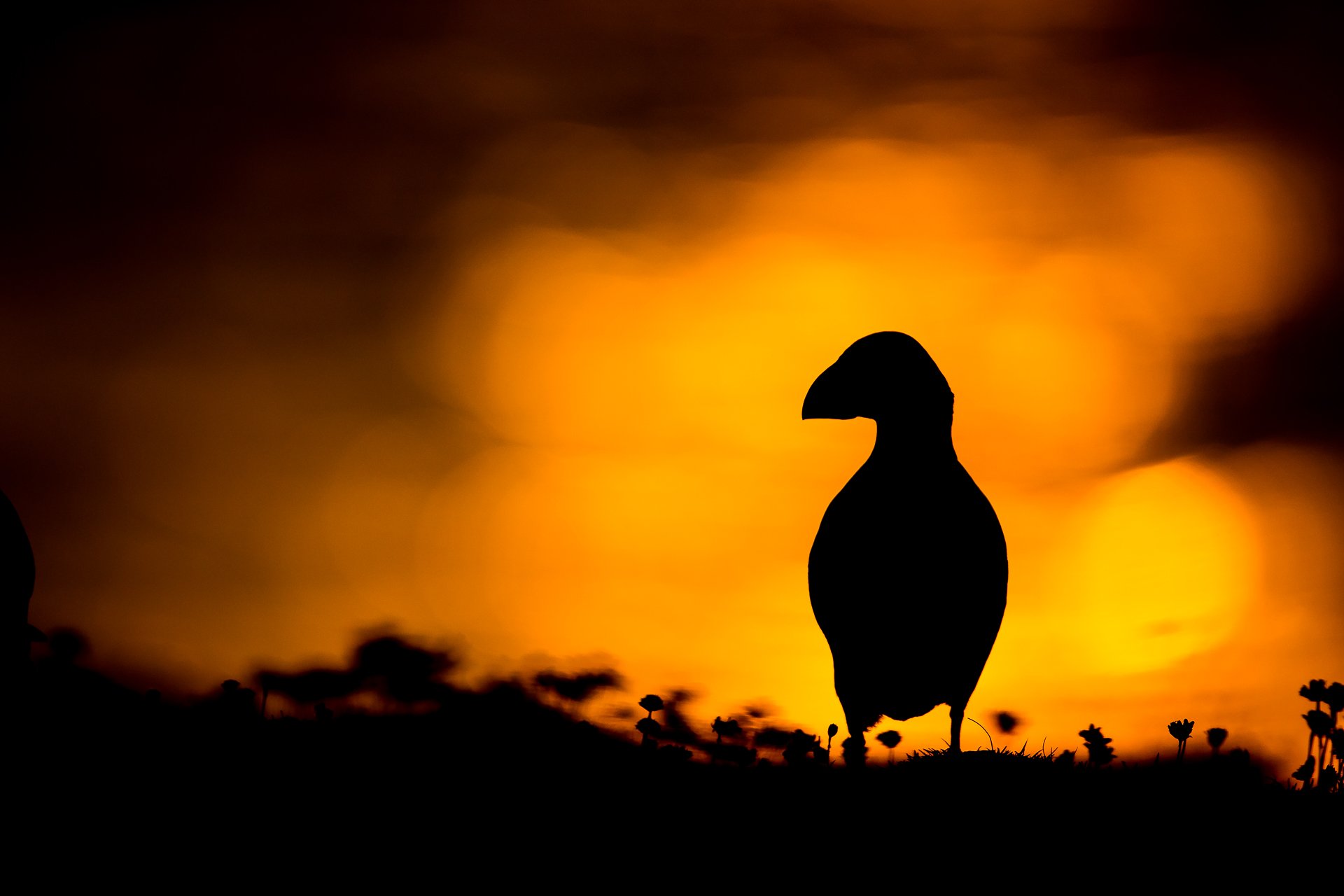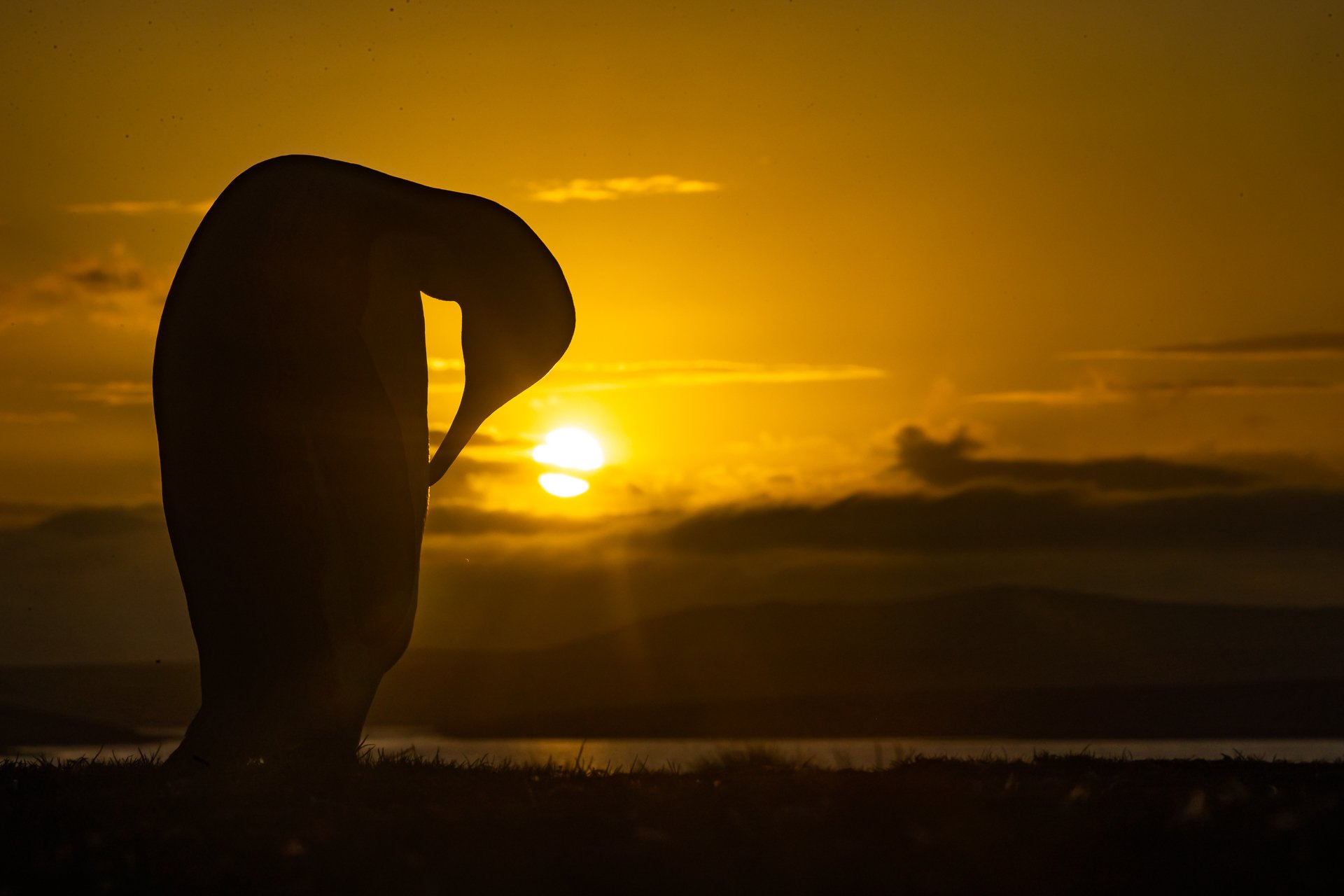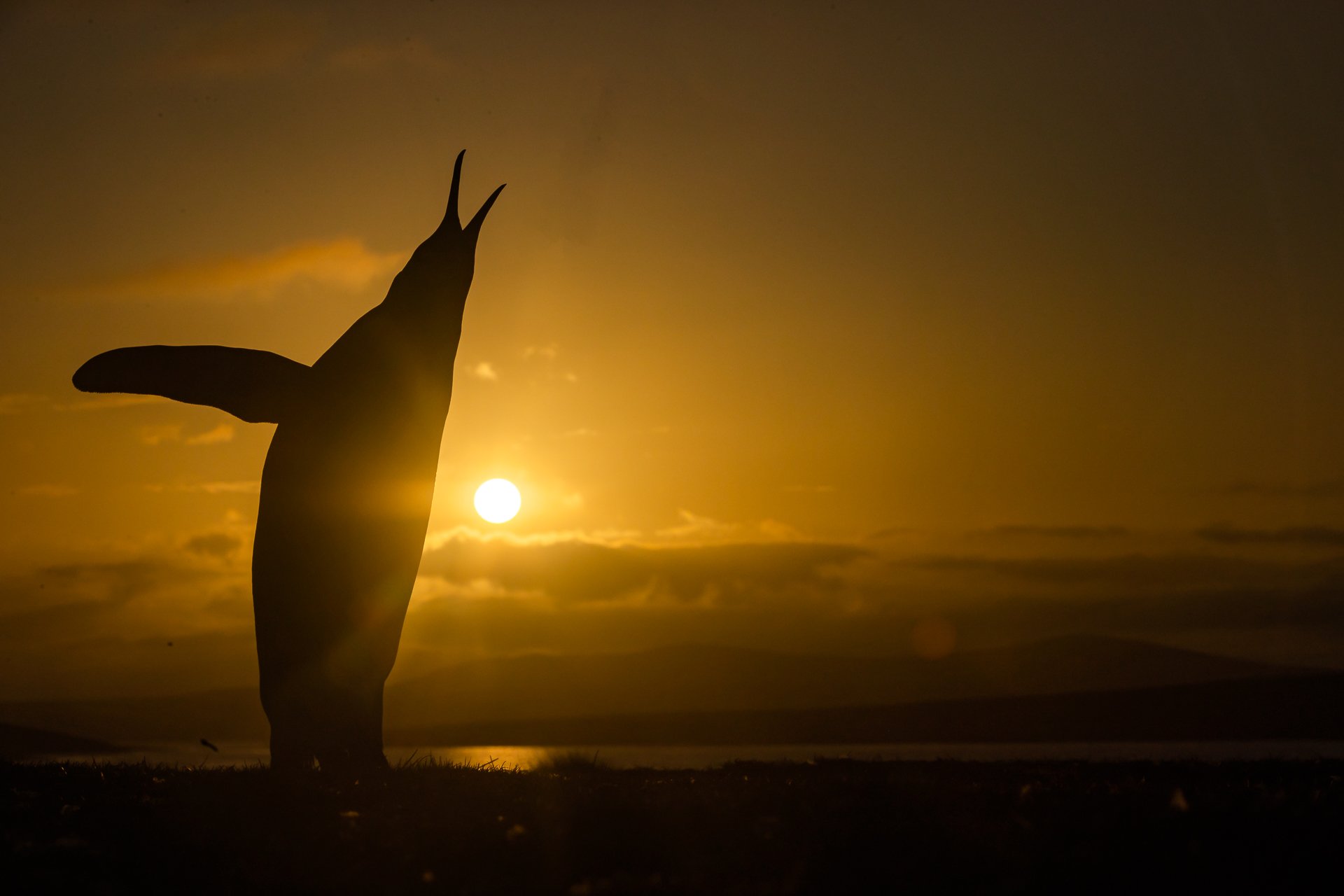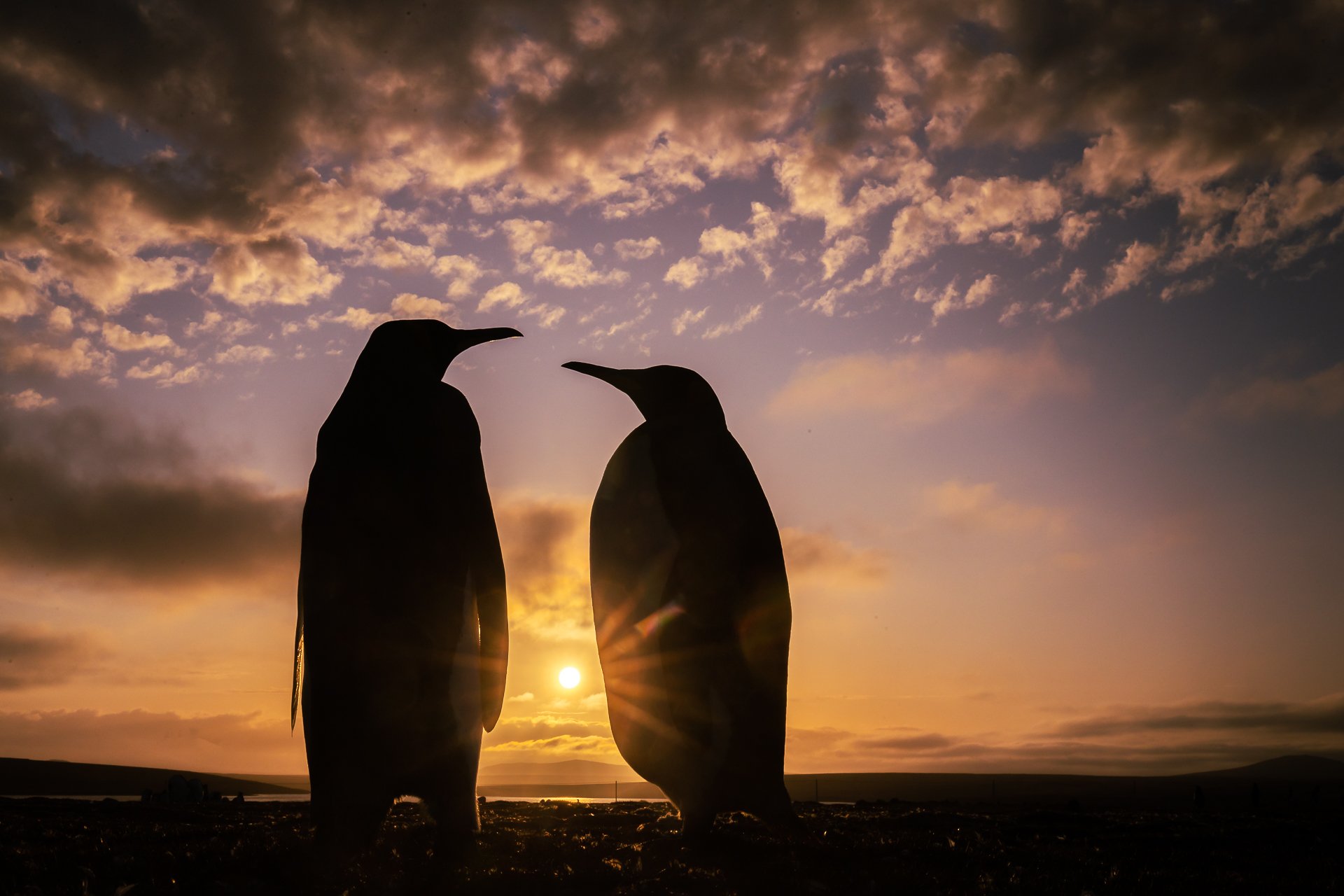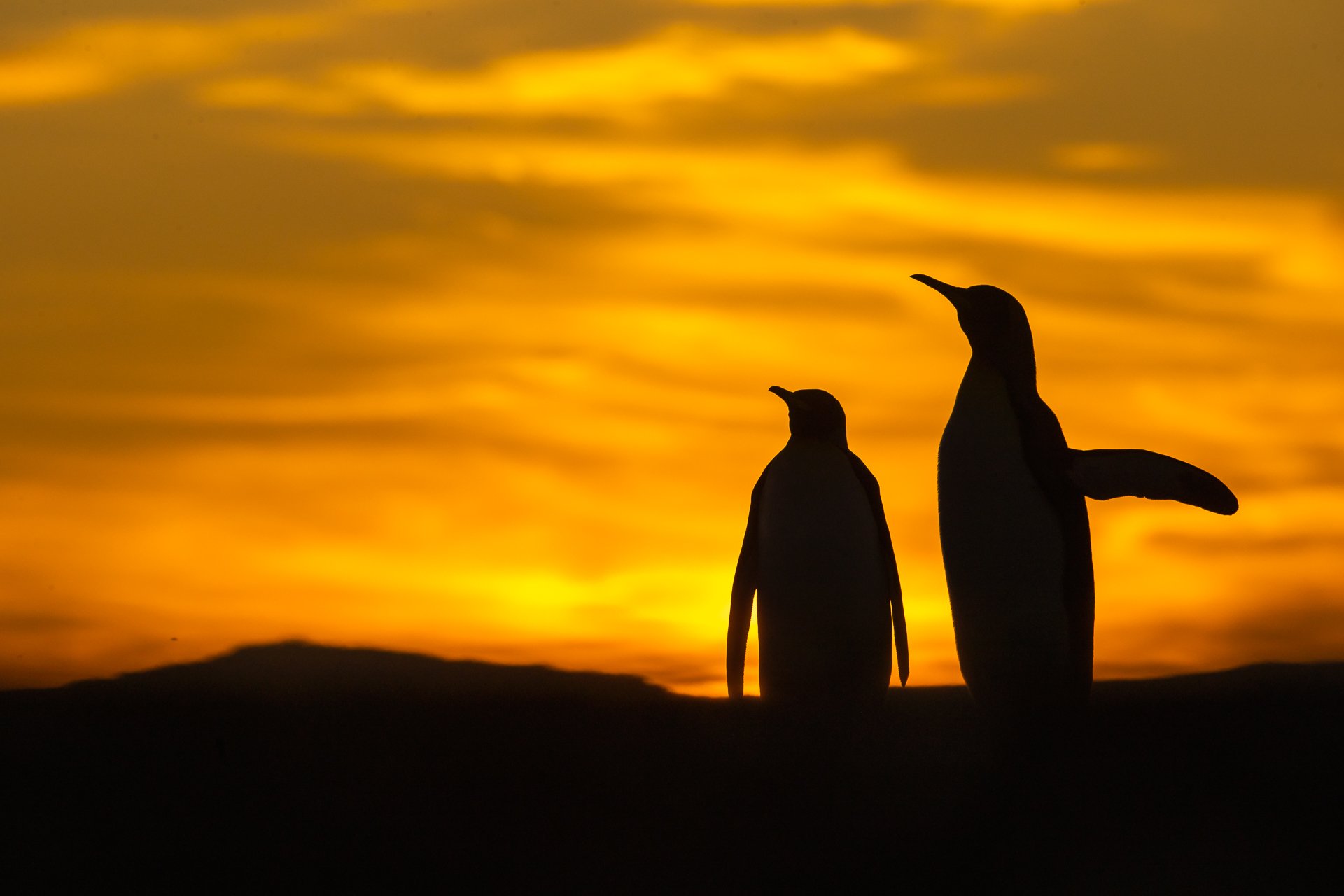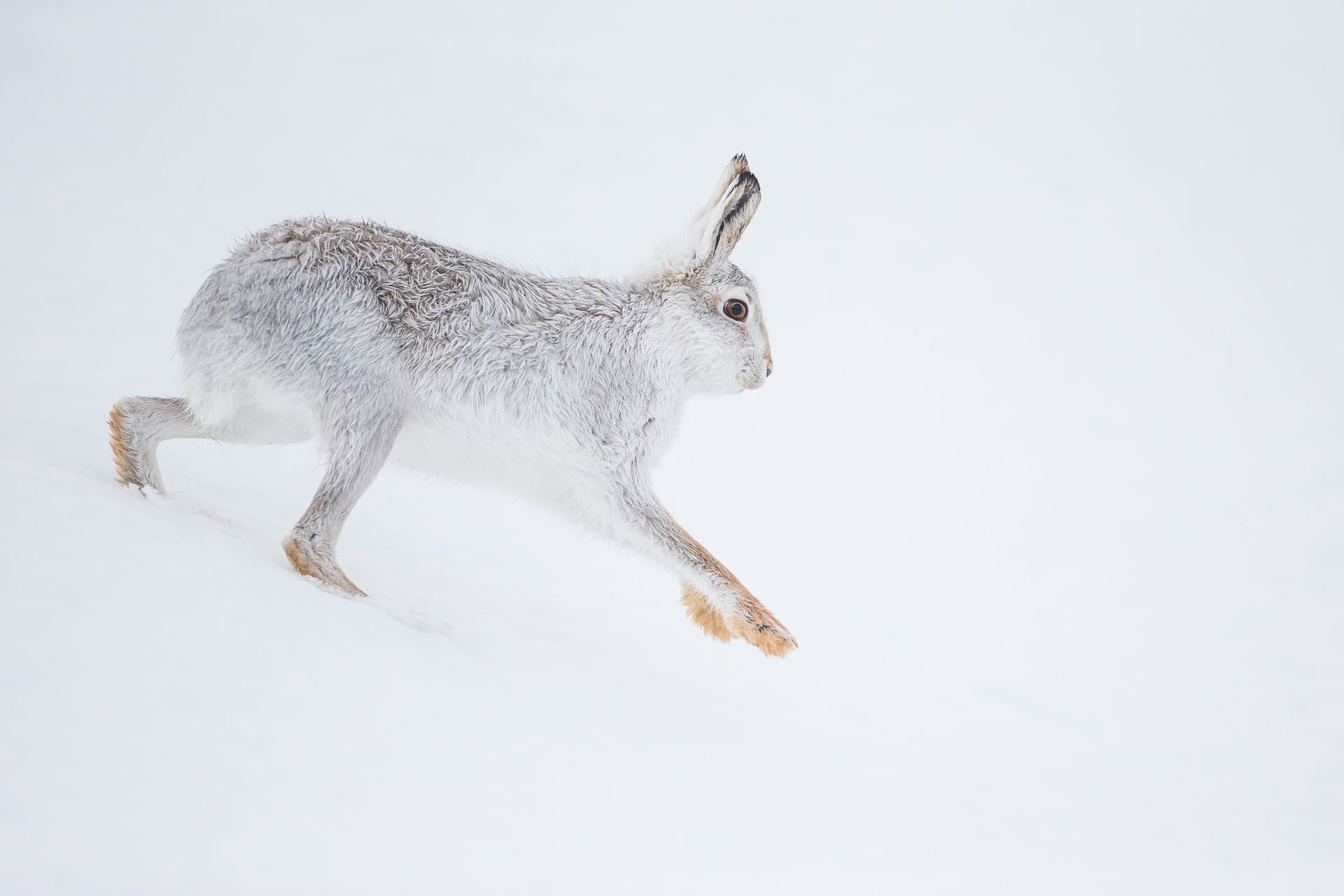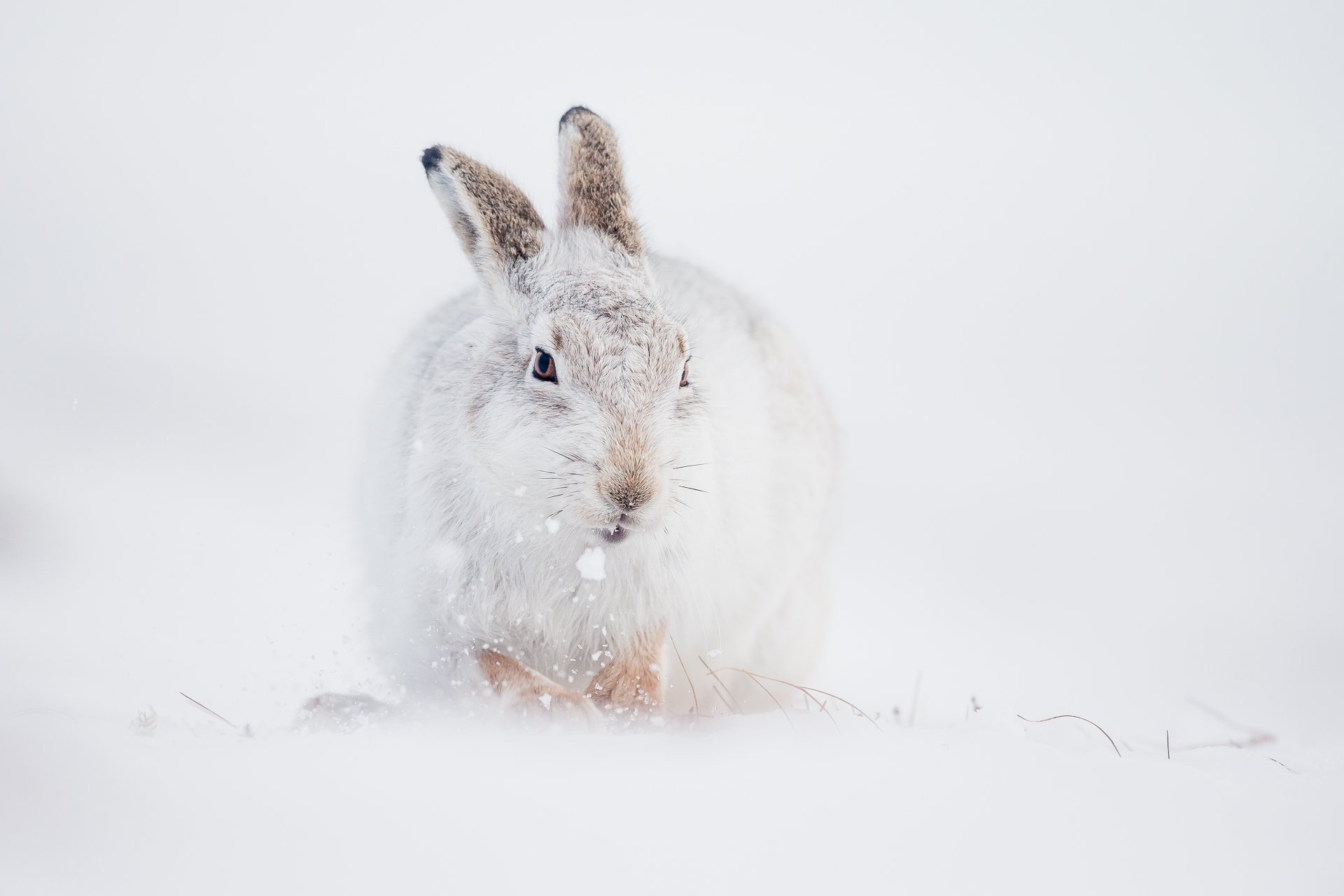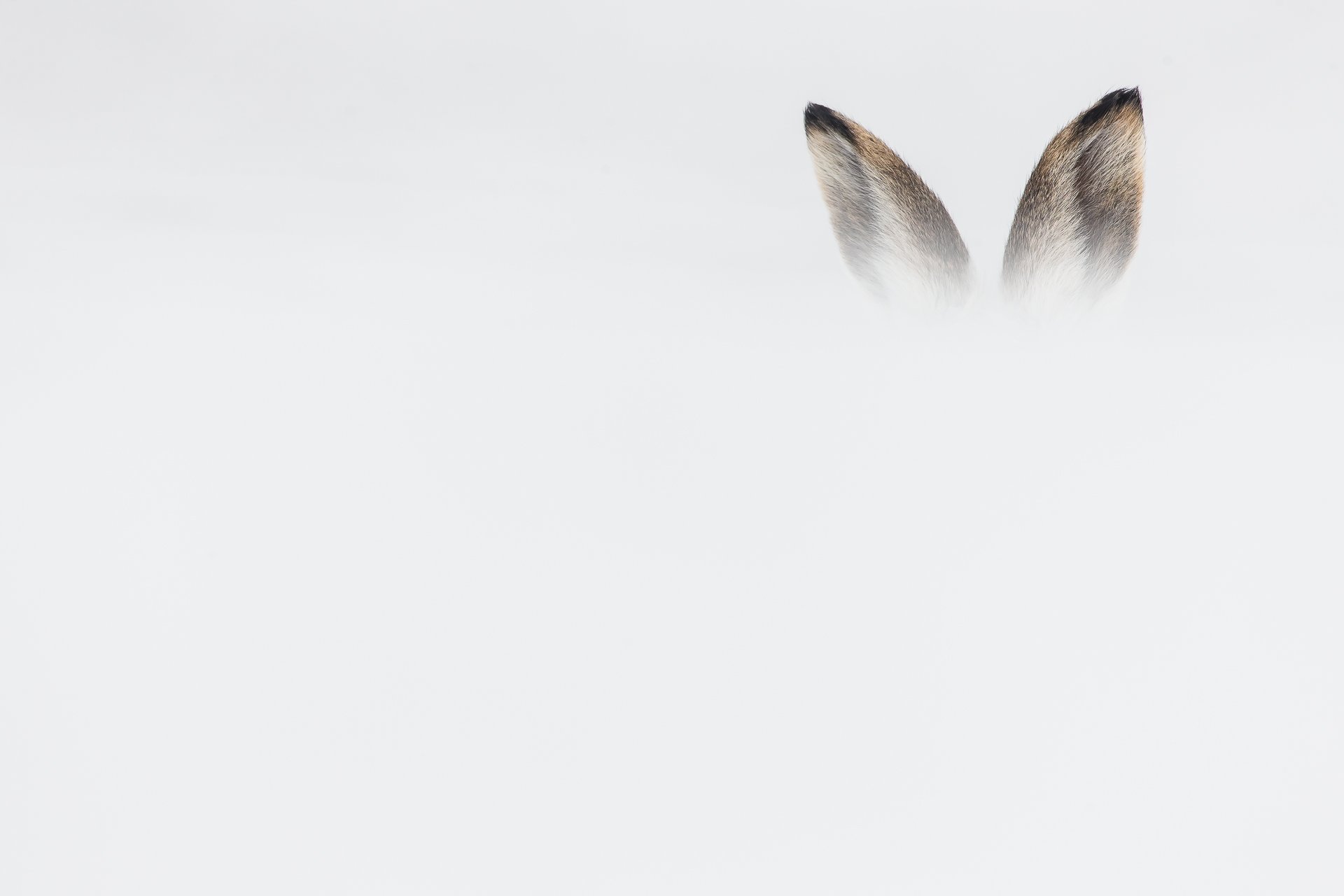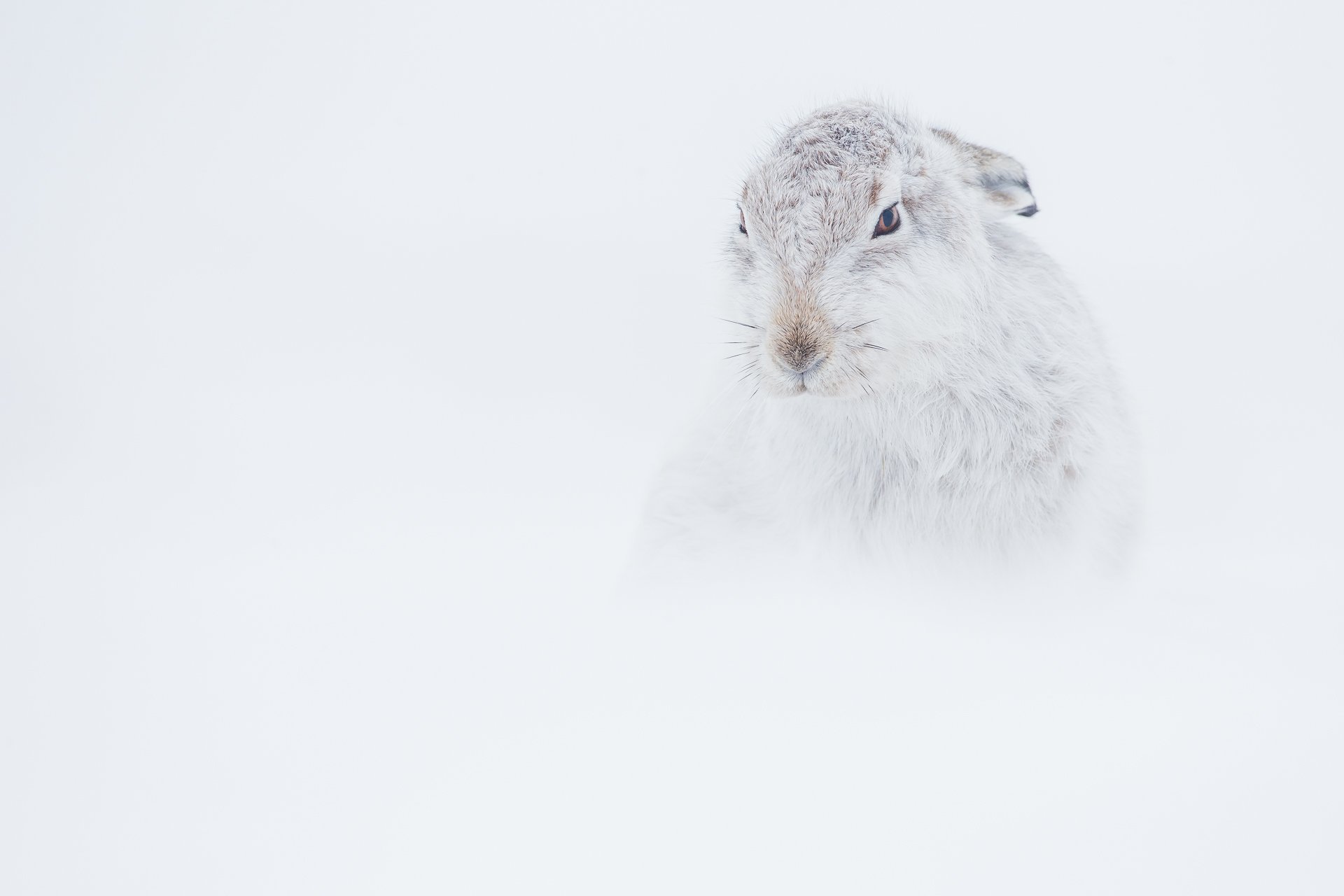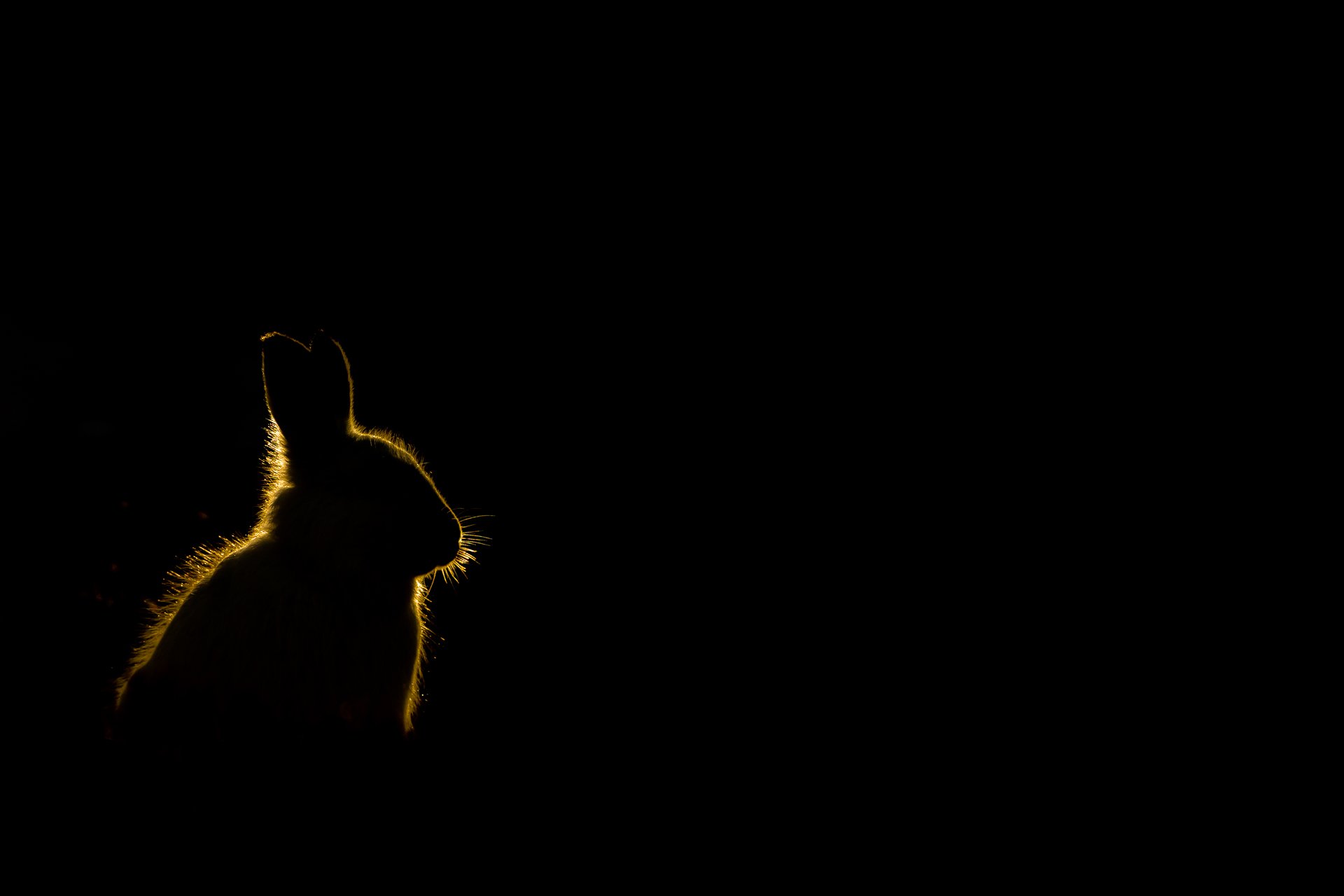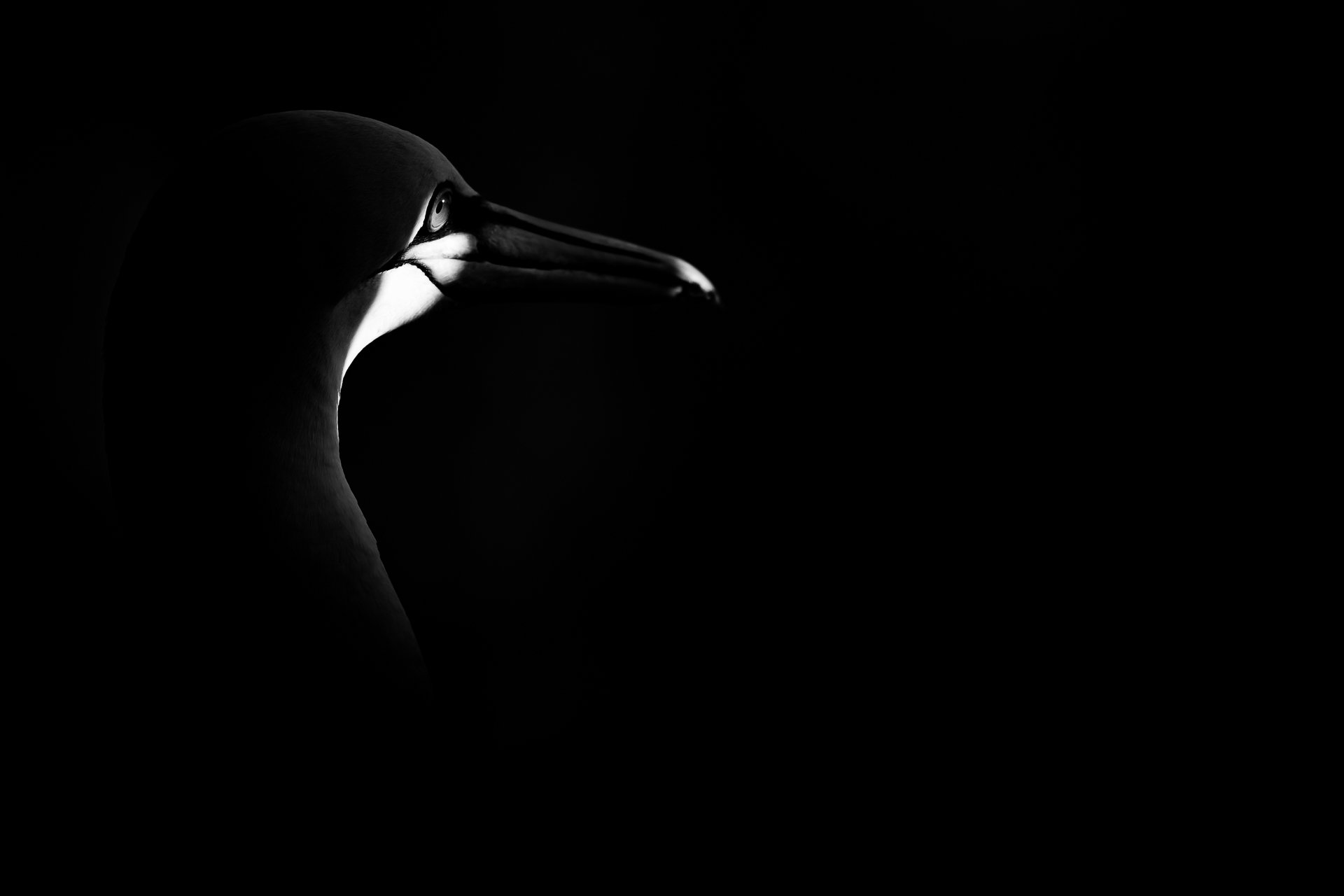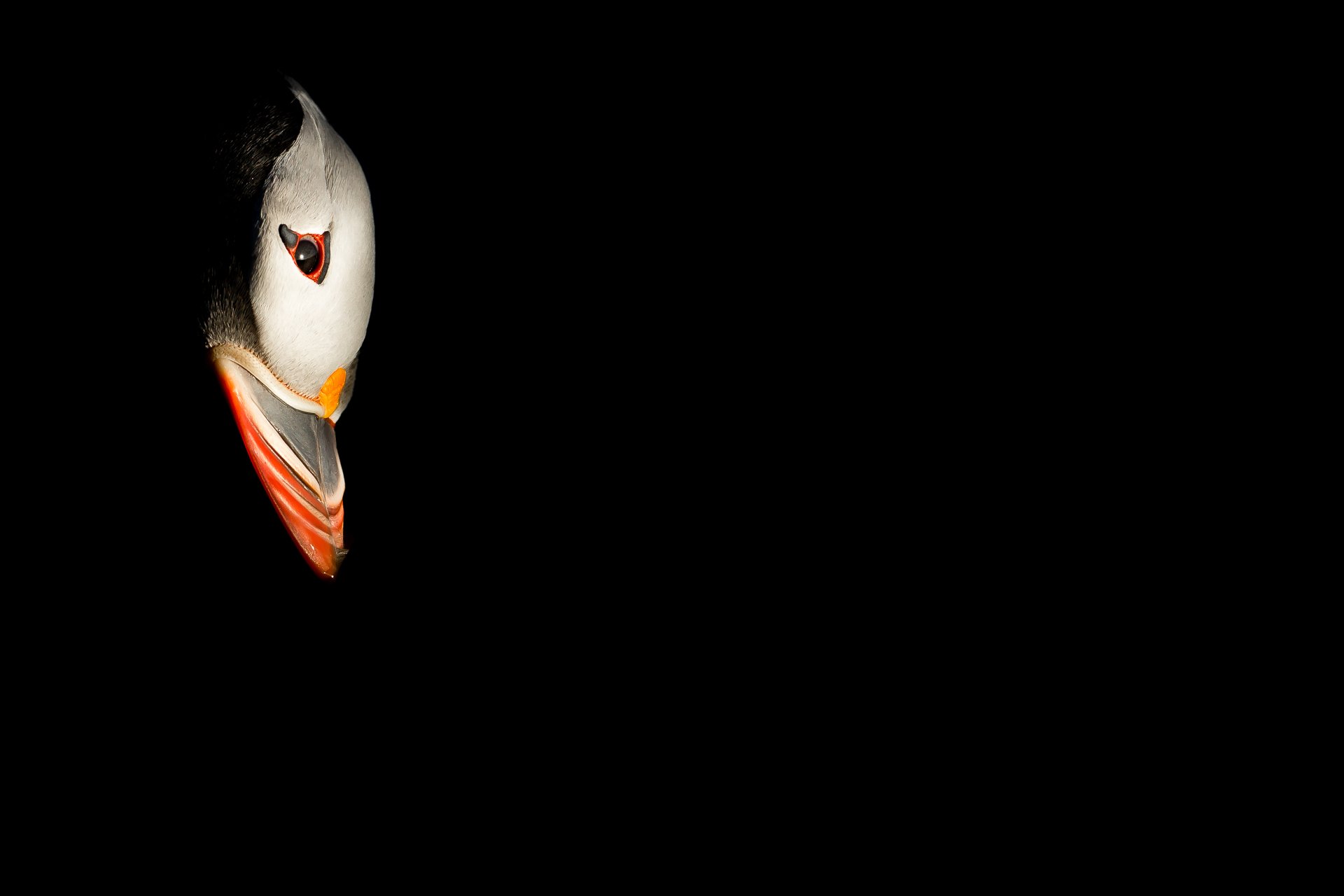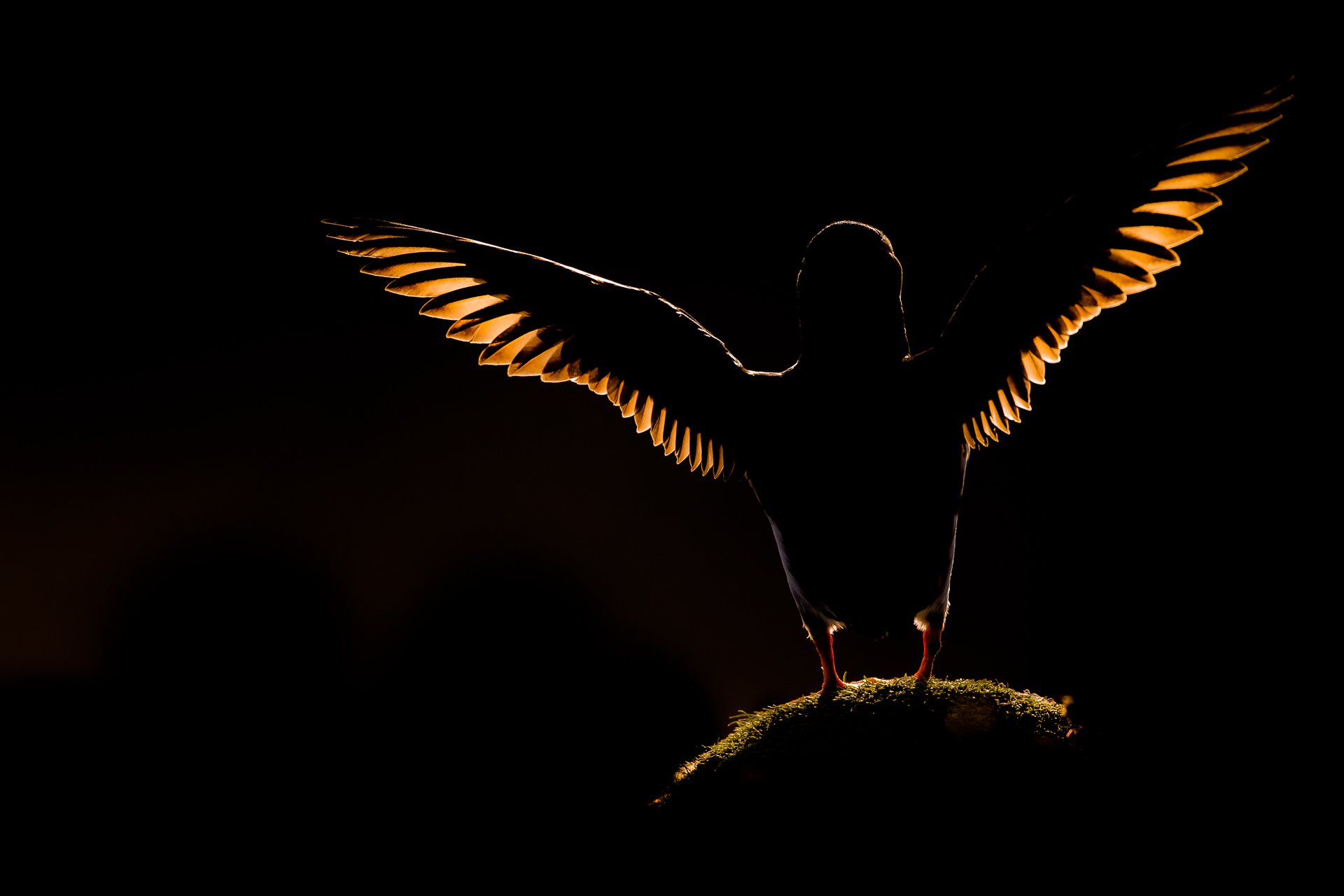WILDLIFE PHOTOGRAPHY - FIND YOUR VOICE
WHAT IS A STYLE
A photography style is not just how you edit an image or your photographic preferences. It is made up of every decision you make as a photographer. In order to discover your style, look for patterns in your work. This can come in many forms. Be it your editing style, how you use light, compositional practices, or your use of shutter speed, to name a few. In general, photographic styles complement your personality.
Learning fieldcraft, mastering light, and compositional techniques, are all tools we can use as photographers to help improve our wildlife photography. But what makes certain photographers go beyond this? What makes their work instantly recognisable? How do we know they took the image without even looking at who took the image? These photographers will have their own style, defined by a reoccurring theme in their work, making it instantly recognisable to the wider audience.
Before continuing, I want to highlight that whilst photographic techniques and practices can be taught, your own photographic style cannot be. This will shine through by shooting what you love, shooting for yourself, and not shooting to appease others.
FINDING YOUR STYLE
Each day, our lives are flooded by amazing imagery. This may come from scrolling through social media, photographic competitions, or various other media platforms. Of course, we have all been inspired and our styles have been influenced by our favorite photographers. Don’t look at these images and attempt to replicate their style. Yes, draw inspiration from the images, but don’t imitate.
Try not to spend as much time browsing through social media, looking at other photographers’ work. Developing your style has to come from within. Spending too much time on social media may cause you to get distracted by other photographers’ techniques or worse, doubt your own abilities. Social media is an amazing platform. but can also create insecurities. Be yourself and don’t keep comparing your work to theirs.
What makes photography special is that we all have our own interpretations of the world. For example, let's take one of my favorite subjects, the Atlantic Puffin. Think about how many images have been taken of these enigmatic seabirds? Each summer, our social media feeds are flooded with puffin imagery, as photographers flock to the coast during the breeding season. As photographers, we all have our own visions and interpretations of a scene. If you lined 20 photographers up with the same kit in the same situation, you would think the images which could be produced would be limited. But you will invariably get 20 different perspectives of the same scene. These different perspectives will all be down to the photographer’s individual eye and style. There is no uniform approach to photography. What works for one photographer will not work for another.
Photography is an art form that should reflect your mood. We all go through stages when our creativity falls into a bit of a rut, so during these times, draw on your emotions and shoot what you feel – not what the photography books tell you to shoot.
SHOOT WHAT YOU LOVE
This is the single biggest factor in creating your own style. If you don’t love what you are shooting, your style will not shine through. I wouldn’t have a clue where to start with cricket, fashion, or aviation photography, for example. But these niches will be another photographer's passion, so, therefore, they will always do it better than me. Over time, as photographers, we create our own niche. Maybe it’s a specialist subject you are associated with. Hopefully, viewers will enjoy your work, and forever associate you with the subject.
For me, it’s been the Atlantic Puffin. I owe puffins a lot for helping my photographic career. They are a species I have now become synonymous with, having spent years sitting on windswept clifftops documenting their lives and relationships with the coast.
Living in the UK, the coast means everything to me. It's where I live, work and seek solitude. As a small child, I grew up on a small peninsula surrounded by beautiful beaches and dramatic coastline. At this time, I had very little interest in photography. I spent my days exploring rock pools and the endless coastline around the local area. Whilst sitting looking out to sea, I would often see a flash of white or a blaze of brown as birds passed through the Dee Estuary. This was the moment I became fascinated with seabirds. It was my first glimpse into their world. I often wonder what experiences they must have out at sea and what hardships they must face.
Each photographer has their own ways of working, I like to work on long-term projects with an individual species. Seabirds, particularly puffins, over the years have been heavily photographed, and for a very good reason. They live in beautiful habitats, are stunning birds, and, for the most part, are accessible to the public. For example, just look at the number of puffin images that appear in our social feeds each summer. You need to look at these images and think "what hasn’t been done" – the bar has been raised higher with these species than any other. But always remember, however well a species has been documented, there is always a new image to be had
BE YOUR OWN WORST CRITIC
In order to improve your photographic style, you need to be your own worst critic. Breaking down your own work and assessing what you like and dislike about it can be difficult. I’ve found one approach which helps is to set aside 10–15 of your favorite images and analyze what appeals to you in these images and why. Vice versa what you don’t like about these images and why.
Doing this will help you pinpoint any reoccurring themes in your work. This may be composition, lighting, or processing, to use a few as examples. Pointing out these areas will allow you to reproduce these themes in your work, helping you to enhance your individual style.
HIGH KEY PHOTOGRAPHY
Here are a few different approaches to creating your own style:
As photographers, we are often taught to take balanced and correctly exposed shots. In order to move forward and create your unique identity, you will need to break these rules.
High-key imagery is often best suited to certain conditions, such as snow, fog, or bland skies. They often display minimal tonal range, with little or no dark shadows present.
When photographing high-key subjects, you will need to add positive exposure compensation. The aim is to take your histogram as far to the right as possible without blowing out the highlights of your subject.
For this image, I wanted to create a clean white canvas as the hare bounds across the snowy landscape. It was only by chance and the technical advancements of modern-day cameras that I was able to capture the split-second moment the hare's foot posed perfectly.
Shooting on clean white snow is perfect for high-key photography, as the white canvas provides a beautiful clean slate to work with. I pushed the positive exposure compensation to +1.8EV, which allowed me to brighten the image whilst keeping the exposure of the subject correct.
When shooting high key, keep referring to your histogram to ensure that you are not blowing out any important parts of the image.
LOW KEY PHOTOGRAPHY
Low-key photography is the polar opposite of high-key. It utilises predominately dark tones, creating a dramatic feel to your images. The images are largely dominated by dark colours and shadows, with a highlighted focal point. Low-key photography is my favourite style, and I’m drawn to the darkness and sense of mystery this approach creates. This style is commonly used in studio and portrait photography. It takes advantage of our eyes' being drawn to the lightest part of the image. The most important factor for the low-key style is light. Studio photography has the benefit of lighting setups, but low-key wildlife photography is still possible using natural lighting.
To maximise your chances of achieving low-key images, you need to think about what you want to be illuminated in the image and what you want to be cast into the shadows. The adjacent image was taken on Skomer Island a few years ago. As the sun rose over the horizon, the first rays of light hit the face of the puffin. To keep the background as dark as possible, I chose to position the puffin against a distant cliff face that had fallen into the shade.
For this style, we will need to concentrate on negative exposure compensation, this time exposing the highlights. I dialled in a negative compensation of -1.3EV to expose the whites of the puffins.. This allowed me to retain the detail in the puffin, and at the same time, throw the scene into darkness, creating an image full of impact and drama.
FINAL THOUGHTS
Yes, photographic techniques and practises can be taught, but your own individual style comes from within. Your style should mirror your personality. As long as you are photographing what you are passionate about, in time, your style will shine through.
Try to keep recurring themes in your work, which will make your individual style recognisable to a wider audience.

